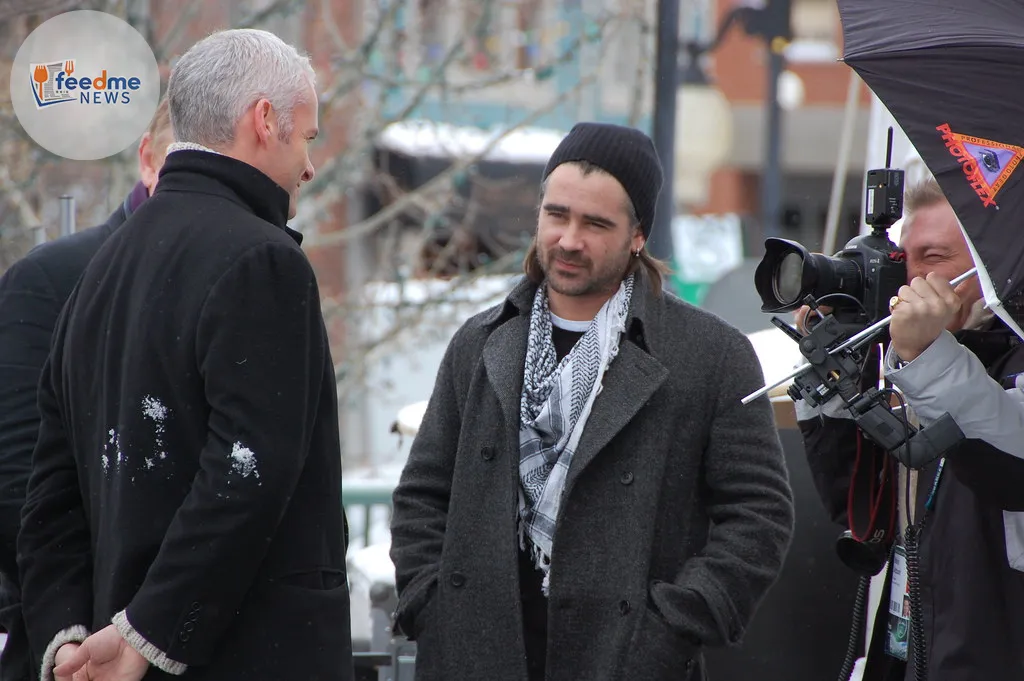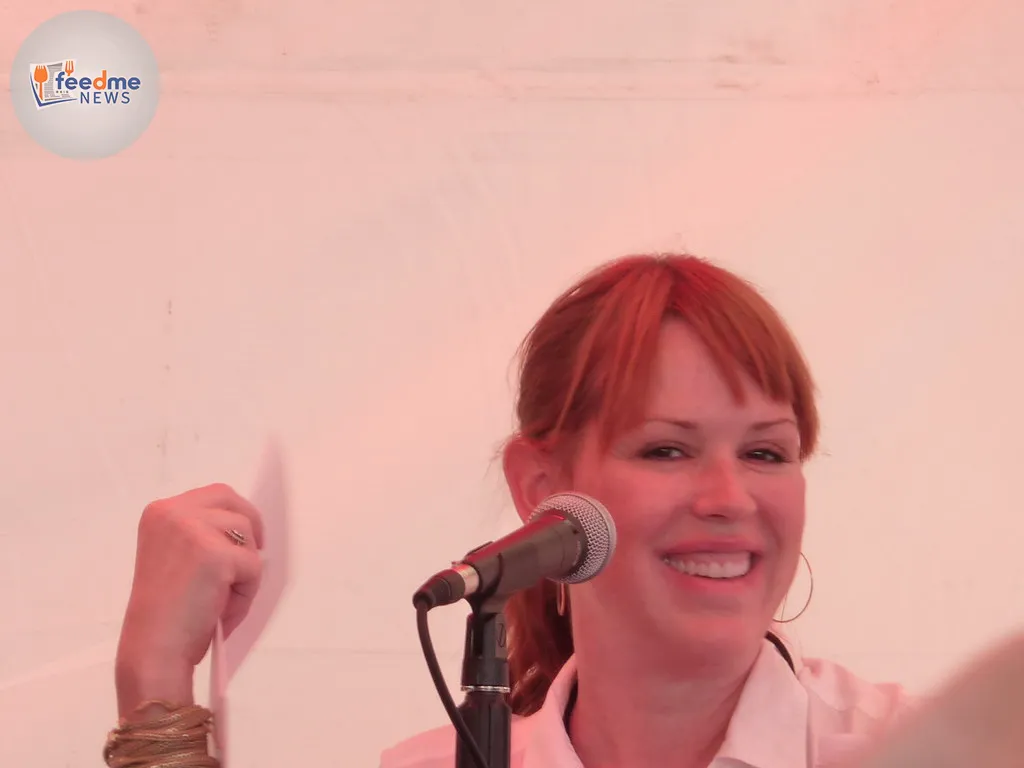The much-anticipated adaptation of F. Scott Fitzgerald’s literary classic, “The Great Gatsby,” into a musical has hit the stage at the London Coliseum, promising a spectacle of jazz-age splendour. Directed by Marc Bruni, the production aims to capture the opulence and tragedy of the Roaring Twenties. However, despite a talented cast and lavish production, the musical struggles to capture the essence of Fitzgerald’s story, leaving audiences yearning for more substance behind the spectacle.
The musical, set against the backdrop of the 1920s jazz age, unfolds the tale of Jay Gatsby, a mysterious millionaire with a penchant for extravagant parties, and his obsession with the beautiful Daisy Buchanan. The narrative explores themes of wealth, love, and the elusive American Dream. Despite the potential for a vibrant musical adaptation, the production falls short of translating the novel’s depth and complexity to the stage.

A Lavish Setting Fails to Deliver
The musical opened at the historic London Coliseum, a fitting venue for such a grand production. The show features a stunning set design that brings Gatsby’s opulent world to life, with glittering costumes and lively choreography that promise to transport the audience to the Roaring Twenties. The stage is alive with the energy of the Charleston and the jazz-infused soundtrack, aiming to invoke the era’s exuberance.
However, despite the visual and auditory splendour, the musical struggles to maintain momentum. Critics point out that while the production is grand in scale, it lacks the emotional depth and nuance that make Fitzgerald’s novel a timeless masterpiece. The story’s critique of the American Dream and the disillusionment of the era seem overshadowed by the spectacle.
Strong Performances Amidst a Faltering Script
The cast delivers commendable performances, with Jamie Muscato embodying the enigmatic Jay Gatsby and Frances Mayli McCann portraying the conflicted Daisy Buchanan. Their chemistry brings moments of genuine emotion to the stage, offering glimpses of the novel’s underlying tension and romance. Jon Robyns as Tom Buchanan adds a robust presence, capturing the arrogance and entitlement of old money.
Despite the actors’ efforts, the script fails to delve deeply into the characters’ psyches. The musical numbers, while energetically performed, sometimes feel disconnected from the narrative, failing to advance the plot or develop the characters in meaningful ways. This disconnect leaves audiences with a sense of unfulfilled potential, as the story’s core themes remain underexplored.
Critical Reception and Audience Response
Initial reviews of the musical have been mixed, with some praising the production’s visual and musical elements while others lament the lack of narrative cohesion. Theatre critic Laura Collins noted, “While the production dazzles visually, it lacks the emotional resonance that makes Gatsby’s story so compelling.”
Audience reactions have been similarly divided. Some theatre-goers appreciate the spectacle and the opportunity to see a beloved story reimagined on stage, while others express disappointment at the adaptation’s inability to capture the novel’s essence. “I expected more depth and connection to the characters,” said one attendee. “The show is entertaining, but it doesn’t leave a lasting impact.”
The Challenges of Adapting a Literary Classic
Adapting a novel as iconic as “The Great Gatsby” into a musical presents inherent challenges. The novel’s lyrical prose and intricate themes require careful translation to the stage, balancing the need for visual and musical splendour with the story’s emotional and intellectual depth. This production, while ambitious, highlights the difficulties of capturing the nuances of Fitzgerald’s work in a theatrical format.
Experts in theatre adaptation suggest that the key to a successful transition lies in preserving the narrative’s integrity while embracing the unique possibilities of the musical form. The challenge is to ensure that the songs and performances enhance, rather than overshadow, the story’s core message.
Looking Ahead: Future Prospects for Gatsby on Stage
As the production continues its run at the London Coliseum, there is hope that adjustments and refinements might enhance its reception. The creative team may consider reworking elements of the script and musical numbers to better integrate them with the narrative, allowing for a more cohesive and impactful storytelling experience.
The allure of “The Great Gatsby” endures, and its themes remain relevant to contemporary audiences. A successful adaptation has the potential to introduce new generations to the timeless tale, prompting reflection on the nature of wealth, love, and the pursuit of dreams. As the production evolves, it may yet find the balance between spectacle and substance, capturing the spirit of Fitzgerald’s masterpiece.
In conclusion, while “The Great Gatsby: A New Musical” dazzles with its visual and musical flair, it faces the challenge of delivering the emotional and thematic depth that defines its source material. As audiences continue to flock to the London Coliseum, the production’s future success may depend on its ability to bridge the gap between spectacle and storytelling, ensuring that Gatsby’s tale resonates as powerfully on stage as it does on the page.





